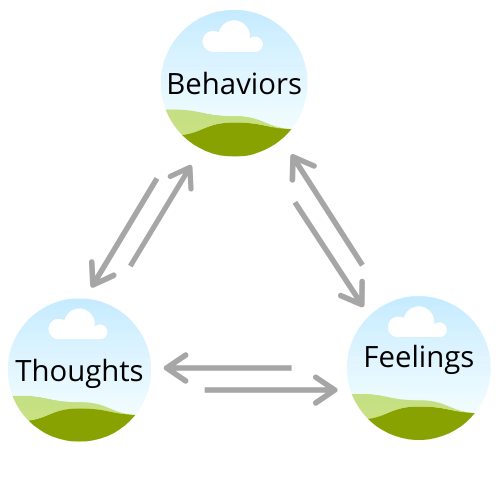How Long Does CBT Therapy Last?
Cognitive-behavioral therapy is often short term. Most standardized CBT treatments are 10-26 sessions long, which translates to several months of weekly treatment. The length of treatment is determined by factors including the problem being addressed, the severity of that problem, and whether you do the exercises given to you by your therapist. Typically the completion of these exercises is critical to having success in treatment. Think of it similarly to physical exercise; if you talk about exercising once a week, it’s not going to help that much. Doing the exercise, on the other hand, can bring all kinds of change!





